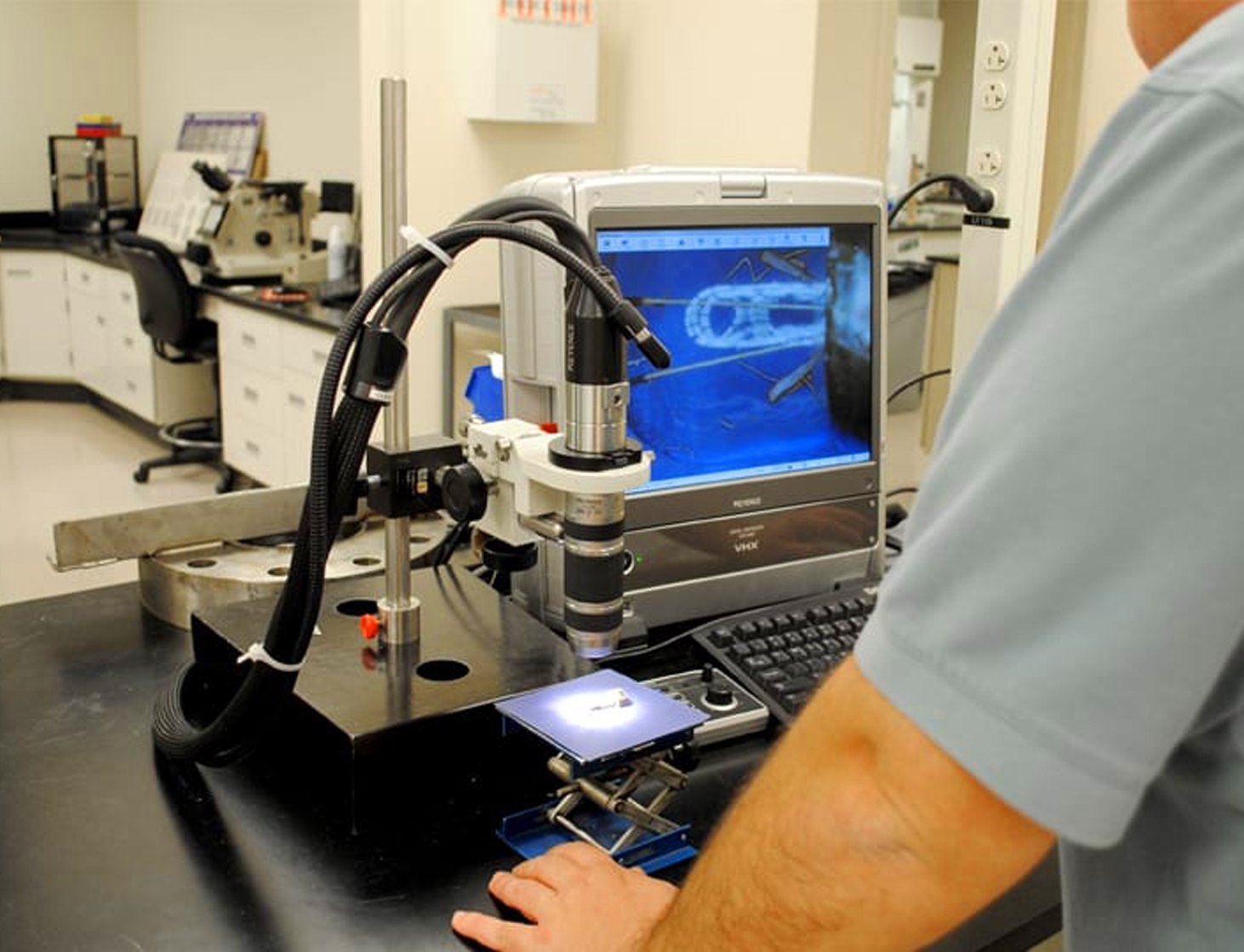In high-stakes industries, from aerospace to automotive, ensuring the reliability of alloy materials isn’t just important—it’s critical. Material Test Reports (MTRs) are the backbone of quality assurance, but generating them manually is rife with potential errors and inefficiencies. Automation is stepping in as a game-changer, transforming the way we handle alloy testing and reporting. This blog explores the common errors in manual alloy testing and how automation addresses these issues.
Common Errors in Manual Alloy Testing
- Human Error in Data Entry
- Example: A technician manually records the composition of an alloy sample but transposes two digits, leading to incorrect data entry.
- Impact: This mistake can result in incorrect material properties being reported, potentially leading to the use of substandard materials in critical applications.
- Misinterpretation of Results
- Example: Variations in interpreting test results due to subjective judgment or lack of experience among technicians.
- Impact: Misinterpretation can lead to incorrect conclusions about the material’s suitability for specific applications, compromising safety and performance.
- Inconsistent Measurement Techniques
- Example: Different technicians using varying methods to measure material properties, leading to inconsistencies in the data.
- Impact: Inconsistent measurements can make it difficult to compare results over time or between batches, reducing the reliability of the reports.
- Manual Calculation Errors
- Example: Errors in manual calculations of material properties or statistical analysis due to complex formulas and human fatigue.
- Impact: Calculation errors can skew the reported properties of the alloy, leading to incorrect assessments and potential material failures.
- Delayed Reporting
- Example: The manual process of compiling and reviewing test data takes longer, delaying the generation of MTRs.
- Impact: Delayed reporting can slow down production processes and decision-making, affecting timelines and efficiency.
How Automation Reduces Errors in Alloy Test Reports
- Automated Data Entry
- Solution: Automation systems use sensors and data acquisition tools to directly capture and record data from testing equipment.
- Benefit: Eliminates human error in data entry, ensuring accurate and consistent data collection.
- Standardized Result Interpretation
- Solution: Automated systems use predefined algorithms and machine learning models to interpret test results.
- Benefit: Provides consistent and objective interpretation of results, reducing the variability introduced by human judgment.
- Consistent Measurement Techniques
- Solution: Automation ensures that all measurements are taken using standardized procedures and calibrated equipment.
- Benefit: Ensures consistency in measurements, enhancing the reliability and comparability of data across different samples and time periods.
- Accurate Calculations
- Solution: Automated systems perform complex calculations and statistical analyses using accurate algorithms.
- Benefit: Eliminates manual calculation errors, ensuring precise and reliable results.
- Real-Time Reporting
- Solution: Automation enables real-time data processing and report generation.
- Benefit: Speeds up the reporting process, allowing for quicker decision-making and streamlined production workflows.
Real-World Applications of Automation in Alloy Testing
- Automotive Industry
- Example: An automotive manufacturer uses automated testing systems to evaluate the properties of alloy components in engines and transmissions.
- Outcome: Improved accuracy and consistency in test results, leading to better performance and safety of vehicles.
- Aerospace Industry
- Example: An aerospace company implements automation in their material testing labs to ensure the quality of alloys used in aircraft components.
- Outcome: Enhanced reliability of MTRs, ensuring compliance with stringent safety standards and reducing the risk of material failures.
- Construction Industry
- Example: A construction firm uses automated systems to test the structural properties of alloy materials used in buildings and infrastructure.
- Outcome: Faster and more accurate reporting, enabling timely project completion and adherence to safety regulations.
The manual generation of Material Test Reports for alloys is prone to various errors that can compromise the quality and reliability of materials. Automation offers a robust solution to these challenges, significantly reducing errors and enhancing the efficiency and accuracy of the testing process. By leveraging advanced technologies such as automated data entry, standardized result interpretation, and real-time reporting, industries can ensure the integrity of their alloy materials and maintain high standards of quality and compliance. As automation continues to evolve, its integration into alloy testing processes will become increasingly essential for achieving operational excellence and competitive advantage.



